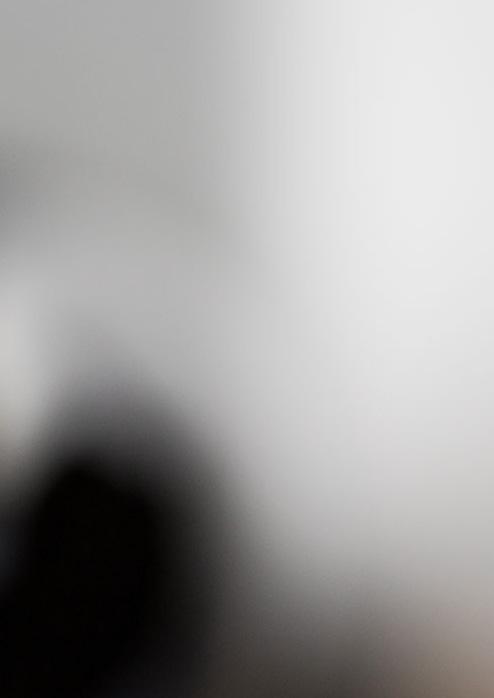
























 The church of Pernand-Vergelesses, as seen from the domaine
The church of Pernand-Vergelesses, as seen from the domaine



























 The church of Pernand-Vergelesses, as seen from the domaine
The church of Pernand-Vergelesses, as seen from the domaine

They made us wait for this one. Following the 2019 vintage release, Domaine Bonneau du Martray took the entirely sensible decision to release future vintages only after bottling them. This later release model has been adopted by several top Burgundy estates over recent years.
It also brings the domaine’s releases in line with those of Domaine de la Romanée-Conti, to whom Bonneau du Martray has leased just under a third* of its CortonCharlemagne, as of the 2019 vintage.
The spotlight is on the hill of Corton as never before. This geological quirk in Burgundy’s ordered northsouth run of east-facing slopes provides the only westfacing grand cru vines in the Côte d’Or.
The 2017 acquisition by US businessman E. Stanley Kroenke was only the fourth time the domaine has changed hands in its 1,200+ year history. The management team of Armand de Maigret and Thibault Jacquet also look after Mr Kroenke’s Californian estates, which include Screaming Eagle. 2020 is their fourth Bonneau du Martray vintage.
The winemaking team remains unchanged. Vineyard manager Fabien Esthor has been at the domaine since 2003 and cellar manager Emmanuel Hautus since 2011.
Much has changed in the vineyards and cellar though. Aside from the lease of part of the holdings, an extensive replanting programme is underway. In the cellar, traditional barrels are supplemented by sandstone amphorae, a dolium (earthenware vessel), a concrete egg and a glass ‘Wineglobe’.
Other initiatives include phone-scannable labels, not only providing information on the bottle in your hand but reassurance as to its authenticity. This most venerable of domaines is embracing the future as never before.
The beautiful 2020s, which we tasted last November at the domaine, are now safely in bottle. They were worth the wait.
*2.8 hectares of its total 9.5 hectaresWith a dozen centuries behind it, this is an estate which can trace its origins directly to the Emperor Charlemagne in 775.
This was the year in which, in compensation for the destruction of their Abbey by the Saracens, the Emperor Charlemagne gifted what is now the domaine’s CortonCharlemagne vineyard to the monks of Saulieu.
The Church owned the property for just over a thousand years until the French Revolution, when it was acquired by René Bonneau du Martray’s family, descendants of Nicolas Rolin, who founded the Hospices de Beaune in 1443.
In the 19th Century, the Bonneau du Martray family controlled almost 24 hectares of vines, including the whole of the Charlemagne climat
René Bonneau du Martray, born in 1886, left the estate to his niece, Comtesse Alice le Bault de la Morinière, whose husband Jean took over in 1969. Jean began the estate’s renaissance, enlarging and improving the cuverie and cellars and introducing estate bottling and temperature control.
Jean’s son, Jean-Charles le Bault de la Morinière, joined the domaine in 1994. He began the process of conversion to biodynamics, which is now a fundamental part of the domaine’s approach.
In 2017, US businessman E. Stanley Kroenke became only the fifth owner in the domaine’s history, bringing Bonneau du Martray into the same vinous family as California’s Screaming Eagle, The Hilt and Jonata.

At the heart of the Charlemagne climat, the holdings span En Charlemagne on the hill’s northern Pernand-Vergelesses side and Le Charlemagne on the southern Aloxe-Corton side.
Following the lease of 2.8 hectares of Corton-Charlemagne to Domaine de la Romanée-Conti, the area of Chardonnay in domaine production is now 6.7 hectares. Added to the 1.6 hectares of Pinot Noir (Corton Grand Cru), the holdings in 2020 total 8.3 hectares.*
The hill of Corton, with its voluptuous curves and generous woodland at its crest, some 300 metres above sea level, has a bedrock of limestone, overlain by Jurassic soil. The upper slopes are mostly heat-reflective white marl, with the proportion of iron and clay increasing as you descend.
The only west-facing grand cru in the Côte d’Or, CortonCharlemagne’s vines get full exposure to the afternoon sun. The free-draining higher slopes are protected from the wind by the hilltop wood, whilst cold humid air passes through the valley at the foot of the hill.
Describing how different points on the slope influence the wines’ characters, Thibault Jacquet singled out three of the 15 plots, which he describes as “microclimate typicities”. An upper section called Rollin Haut has poor soils, bringing
mineral tension and acidity to the final blend. A mid-slope parcel, Grande Plante, confers a more generous, fullfruited character, whilst Les Latours, on the lower slopes, contributes density and viscosity.
The earlier ripening lower plots tend to be picked first, the upper ones last. The 40-strong harvest team typically takes a week to bring in the domaine’s grapes. Each plot is vinified separately. Even mid-replanting programme, the average vine age is over 50 years. Yields are low, 40 hectolitres per hectare (hl/ha) for the white and under 30 hl/ha for the red on average.
No herbicides or fertilisers are used and yields are kept in check by severe pruning in the early growing season. There is no green harvest, the domaine prioritising rigorous debudding (évasivage) and removal of the lateral shoots (entre-coeurs) in early spring. Biodynamic trials started in 2004, with certification for the Pinot Noir in 2012 and the Chardonnay in 2014.
*However, one of the three plots of Pinot Noir was grubbed up in 2018 and was replanted in spring 2022, meaning the Corton Grand Cru 2020 came from less than a hectare.Grape Variety
Chardonnay
Vineyard Holding 2020
6.7 hectares
Average Age of Vines
58 Years
Average Yield 40 hl/ha
Grape Variety
Pinot Noir
Vineyard Holding 2020

1.59 hectares
Average Age of Vines
56 Years
Average Yield 30 hl/ha
Charlemagne Corton-Charlemagne du domaine Corton du domaine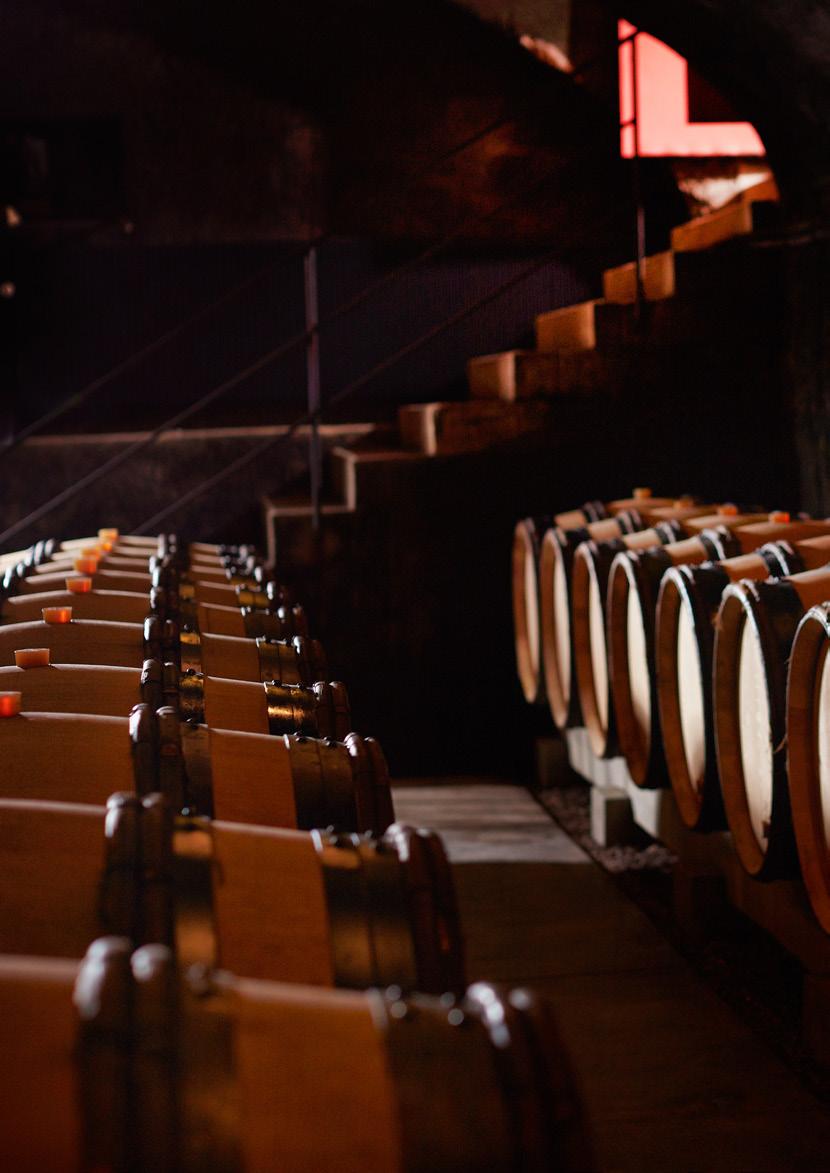
Chardonnay grapes are brought in from the vineyards in small, slatted crates to prevent them from being crushed. Upon arrival in the vat room, the grapes are lightly crushed then pressed to extract their juice and phenolics.
After settling, fermentation takes place, mainly in oak barrels (25% new), but including “oak of different shapes and sizes” as well as a sandstone amphora and an earthenware dolia.

The wine then spends 12 months on its lees, without stirring. Each of the 11 blocks of Corton-Charlemagne is kept separate for fermentation and the first 12 months of élevage. The aim, as described by Thibault Jacquet, is to achieve a harmony between the three microclimates of Corton-Charlemagne.
The wine is then blended and spends a further nine months in tank. The first blend is between plots of the same microclimate. The wines mature in a protective environment, in vats on fine lees for a second winter. At the end of this period, a second racking separates the wine from its lees.
The wine then rests for a month before bottling in late May. This occurs “during a reductive phase, a waning moon with a small tidal coefficient.”
3-5% of the Pinot Noir crop is fermented in terracotta amphorae, as whole berries, with no crushing. The rest is destemmed and then sorted. From the 2019 vintage, the two red wine parcels have been fermented separately and matured in barrels (50% new oak) for 12 months before being blended in vats to finish their ageing process over a further nine months.
When it comes to bottling, the domaine always uses four cork suppliers, to spread any possible risk. Corks from each batch are checked by soaking them in water and then tasting.
CORTON-CHARLEMAGNE GRAND CRULate March saw a marked drop in temperatures, with sustained winds which kept the vineyards disease-free. April was sunny, kickstarting vegetative growth and a rapid budbreak, which took place at Bonneau du Martray on the 9th
April’s mild temperatures quickly exceeded seasonal norms (some 3.5°C above average). May was hot and bright, still without rainfall, allowing for a quick, healthy flowering from 18th to 22nd May and a correspondingly generous potential crop. June remained dry with high temperatures.
July and August saw some thunderstorms – a nervous period but summer hail fortunately did not materialise and in its place some much-needed rain fell. At this point, the Pinot Noir was further advanced than the Chardonnay, a disparity that persisted until harvest. The malic acidity was depleted by the summer heat, yet freshness maintained thanks to good levels of tartaric acidity.
The peak of the heat was between 6th and 15th August. Although some have called this a heatwave, it was more even and less ferocious than in 2019. In any case, véraison (colour change and the beginning of ripening) was slowed by the heat, finishing on 10th August, having started on 16th July. The brightness of the clear August sky was ideal for photosynthesis and kept disease pressure at bay.
Harvest at the domaine started on 25th August, finishing on 4th September.
KEY DATES AT THE DOMAINE IN 2020:
Budbreak: 9th April
Flowering: 18th - 22nd May
Véraison: 16th July - 10th August
Harvest: 25th August - 4th September
Winter 2019-20 was mild but wet, allowing the water tables to recover after the dry 2019 summer.
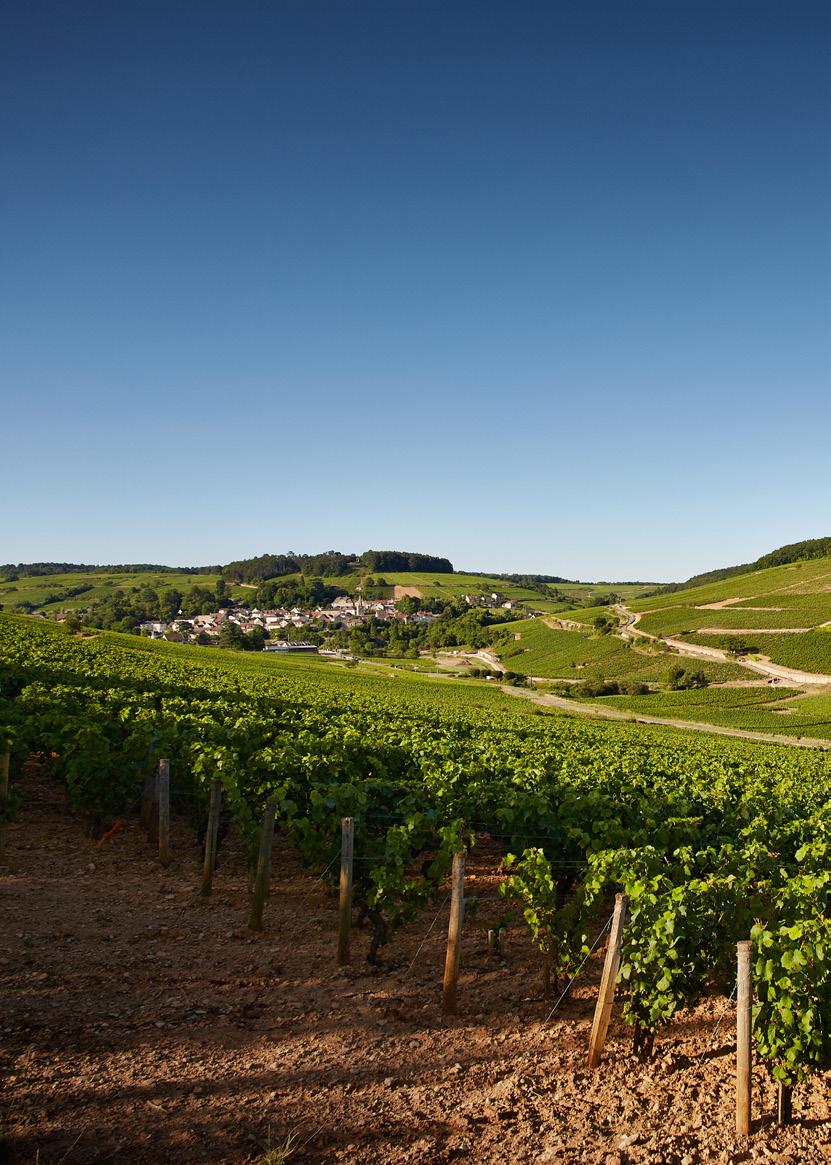
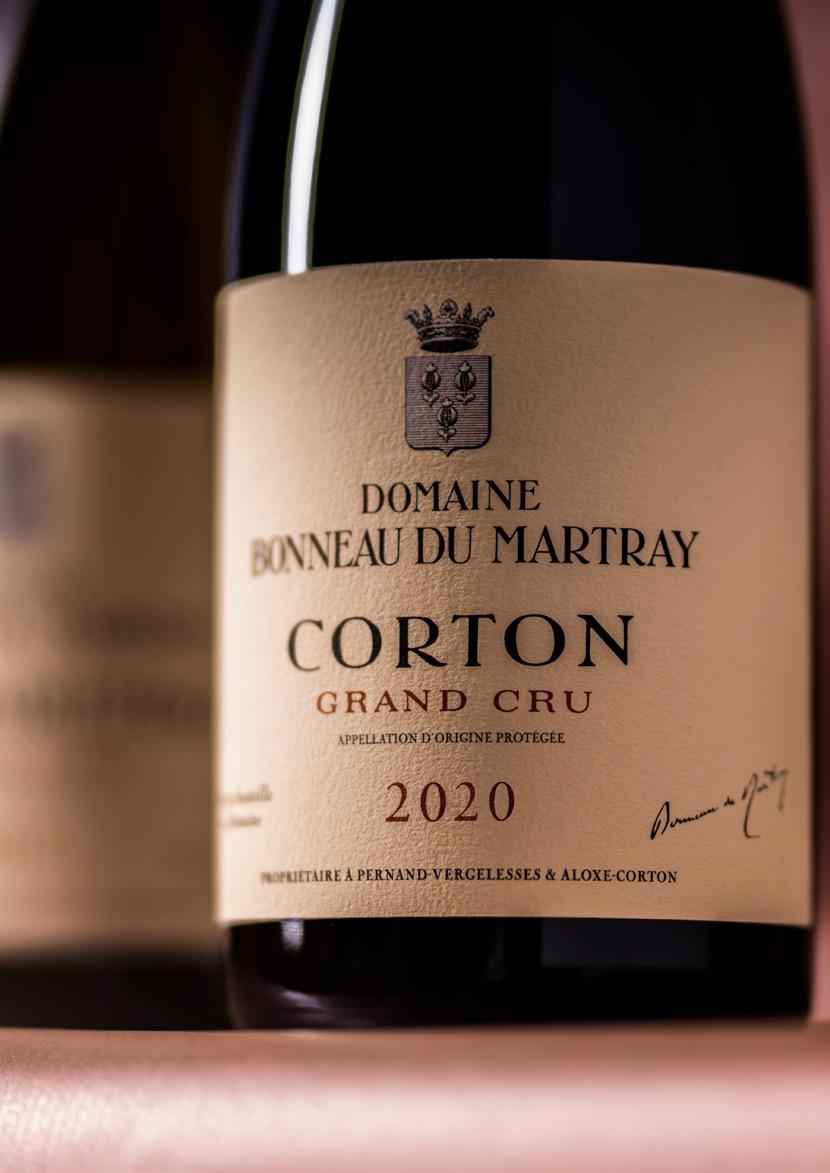
From 6.7 hectares, spread across the two great lieuxdits of Corton-Charlemagne: En Charlemagne (PernandVergelesses side) and Le Charlemagne (Aloxe-Corton side). Ripe white peach and honeysuckle aromas are rounded out by gentle pastry and deft cedary spice, with orange blossom and tangerine rind behind. The palate is pure and stony-mineral on the entry, opening onto a midpalate of pear and peach fruit, which treads a fine line between crunchy and fleshy, tension and flamboyance. Fabulous driving energy, with grippy honeycomb texture on the finish. Bottled at the end of May 2022. 25% new oak. 13% abv.
Corney & Barrow Score 18.5
Recommended drinking from 2026 - 2038
£2,970/Case of 6 bottles, in bond UK
The Pinot Noir is picked later than in the past and receives firmer extraction, making for a wine of substance. One of the three Pinot Noir plots was grubbed up in 2018 and replanted in spring 2022, meaning the Corton 2020 comes from less than a hectare. Deep ruby colour. Intense aromas of bitter cherry, redcurrant and cranberry, with violets and cedary spice from 60% new oak. The raspberry- and blackberry-fruited palate is similarly explosive, open and juicy. This could not be more different from the domaine's 'trad' style of Corton. Stony minerality and bitter chocolate on the fresh finish. Bottled at the end of May 2022. 50% new oak. 13% abv.
Corney & Barrow Score 18
Recommended drinking from 2026 - 2040+
£1,485/Case of 3 bottles, in bond UK
Our tasting notes provide full details but, at your request, we have also introduced a clear and simple marking system. We hope these guidelines assist you in your selection. For the benefit of simplicity, wines are scored out of 20. We will often use a range of scores (e.g. 16.5 to 17) to indicate the potential to achieve a higher mark. When a ‘+’ is shown it adds further to that potential. Wines from lesser vintages will, inevitably, show a lower overall score.
Wines are judged, in a very broad sense, against their peers. Why? Well, you cannot easily compare a Ford with an Aston Martin, other than they are both cars and have wheels. It is not that different with wine. A score is a summary only. The devil is in the detail, so please focus on the tasting notes and, as always, speak to our sales team.
To Order
LONDON 020 7265 2430
EDINBURGH 01875 321 921
sales@corneyandbarrow.com
PLEASE NOTE
These wines are released en primeur. Delivery dates to be confirmed. All prices are quoted in bond UK.
Almost without exception our revised drinking dates are merely a reminder of what we recommended upon original release. We do not say that you cannot drink wines older if you wish, merely that we cannot continue to guarantee them if you ignore our recommendations!
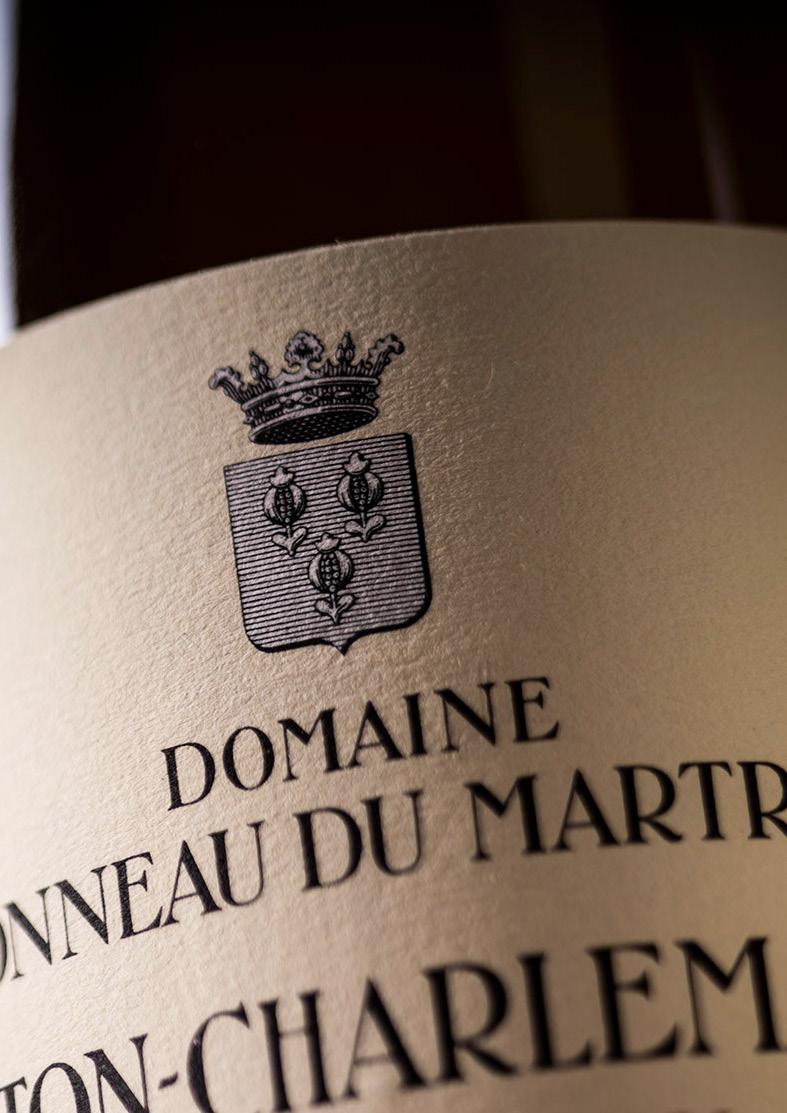
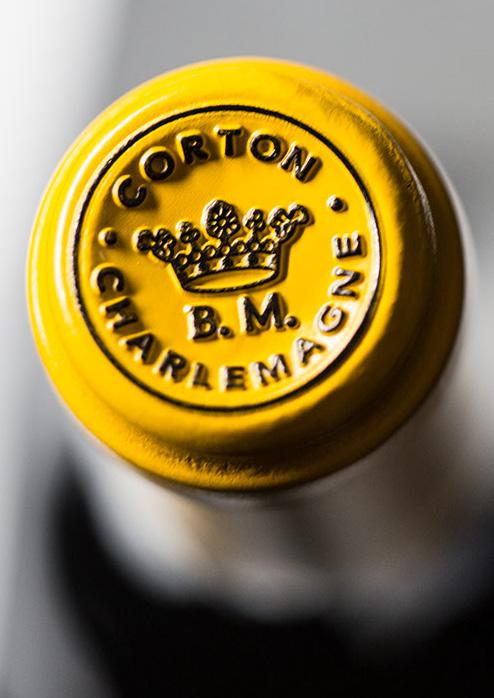
LONDON
1 Thomas More Street London
E1W 1YZ
T +44 (0)20 7265 2400 sales@corneyandbarrow.com
EAST ANGLIA
Belvoir House, High Street, Newmarket, Suffolk
CB8 8DH
T +44 (0)1638 600 000 newmarket@corneyandbarrow.com
NORTH OF ENGLAND
4 Park Square East Leeds
LS1 2NE
T +44 (0)1748 828 640 northofengland@corneyandbarrow.com
EDINBURGH
Oxenfoord Castle by Pathhead Midlothian, Scotland
EH37 5UB
T +44 (0)1875 321 921 edinburgh@corneyandbarrow.com
AYR
8 Academy Street, Ayr Ayrshire, Scotland
KA7 1HT
T +44 (0)1292 267 000 ayr@corneyandbarrow.com
FACEBOOK @corneyandbarrow
T WITTER @corneyandbarrow
INSTAGRAM @corneyandbarrow
www.corneyandbarrow.com
